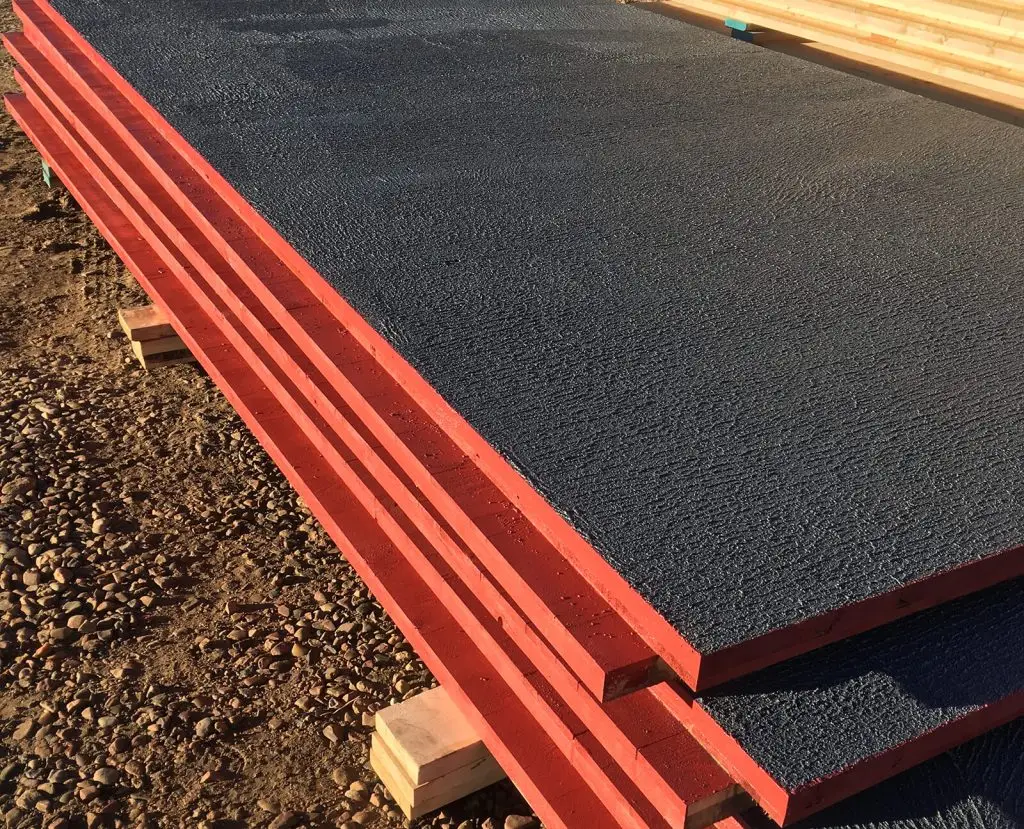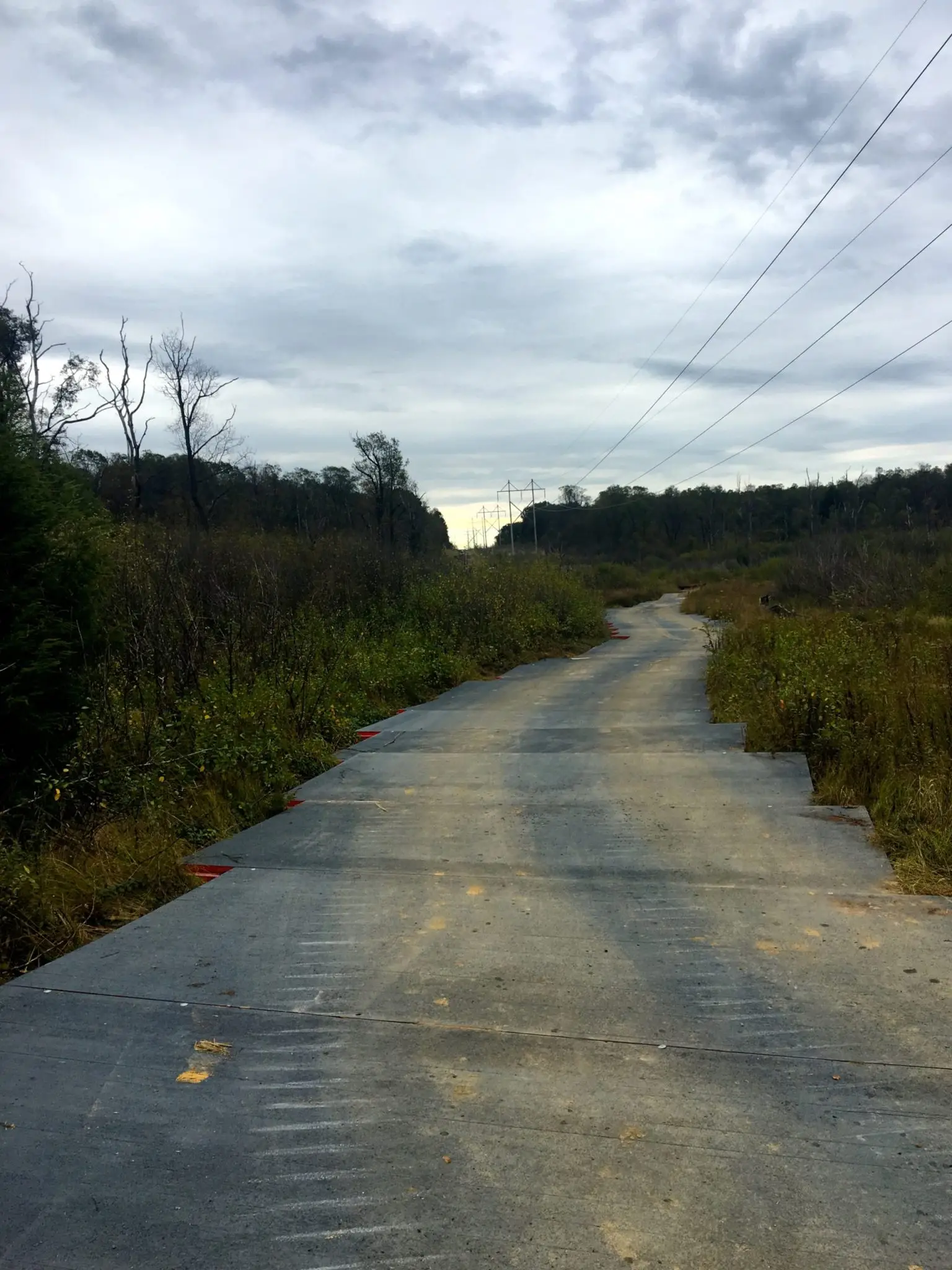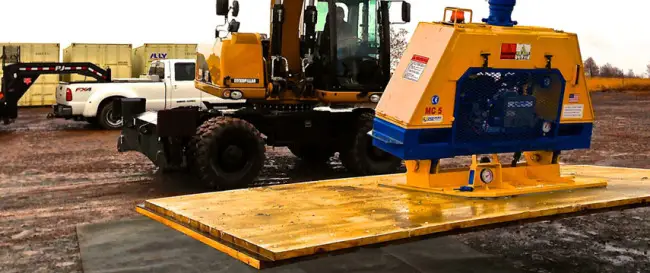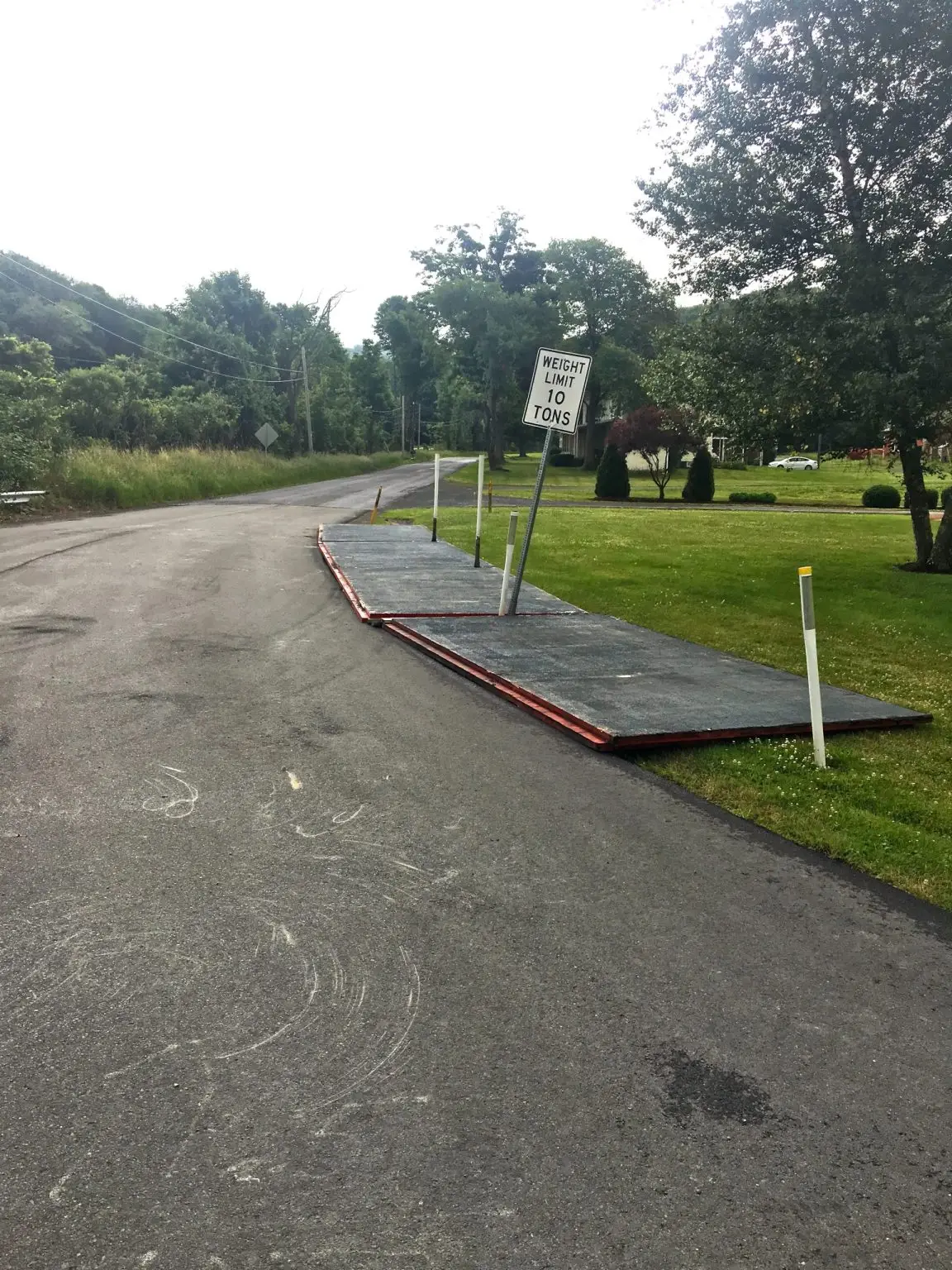Diamond T’s SiteSeal matting system is proven to be the best combination of performance, economics, and sustainability available on the market.

Companies rely on SiteSeal Mats to navigate environmentally sensitive and rough terrain that might otherwise be impassable. With a stable foundation, equipment and vehicles can mobilize to a job site quicker, safer, and with less impact. Temporary shelters and staging areas are kept out of the mud and reclamation is kept to a minimum. Mats create an all-around more work friendly environment with considerably less impact.
Diamond T provides the most durable and complete location matting on the market today with our industry-first, patented SiteSealTM (protected by Pat. No. 9,422,688, and other US and foreign patents pending) matting system. Our mats have proven to be the best combination of performance, safety, economics and sustainability available. We can provide your project with temporary roadways and solid top work areas in a variety of options and configurations to suit your needs.
SiteSeal Applications:

Diamond T Services’ MatVac technology allows for quick and safe application of SiteSeal™ mats without causing damage to the primary location liner. Heavier rig mats require larger, less nimble machinery to place and remove them, but installing SiteSeal™ only requires the use of a smaller, more precise vacuum system. This greatly reduces the risk of costly damage to the well site and injury to site personnel.

Through thoughtful innovation, we create products that are environmentally responsible, while being fiscally and functionally superior. We not only innovate but execute our sustainable vision through products like SiteSeal™. We understand that for a product to really make a difference, it has to integrate both industry and environmental needs.
The use of matting significantly reduces the environmental impact drilling has on a location. SiteSeal™ mats provide a temporary surface, eliminating the need for stripping native vegetation and topsoil. Native vegetation root systems remain intact and recover much quicker, compared to conventional methods of revegetation. This protects the ground, reduces erosion, minimizes loss of wildlife habitat, and greatly reduces land rehabilitation costs.
